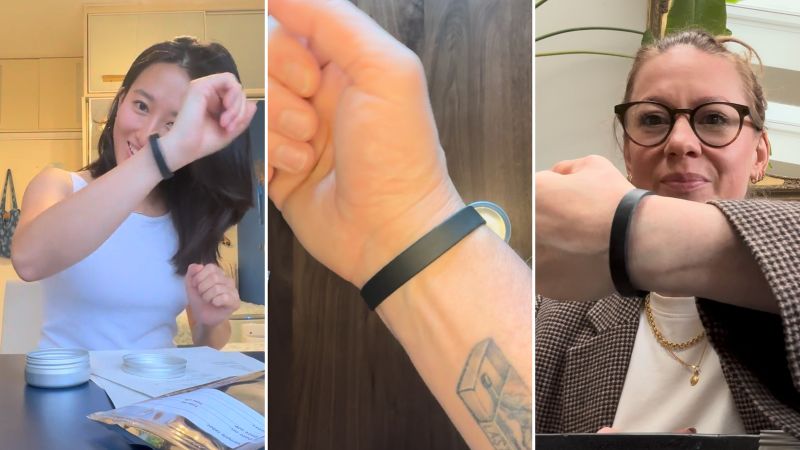Tracking Chemical Exposure: The Hidden Dangers of Plastics

Three CNN reporters wore chemical-tracking wristbands to measure exposure to harmful substances from plastics in their environments across New York City, London, and Hong Kong. The wristbands detected an average of 28 different chemicals, with phthalates and bisphenols being the most prevalent. These chemicals are linked to various health issues, including hormonal disruptions and increased risks of diseases. Despite some regulations in place, many harmful chemicals remain untested and unregulated, with plastic production predicted to rise significantly. Experts suggest practical measures to reduce exposure, but overall, there is a pressing need for better regulation and industry accountability.
- Wristbands tracked exposure to 73 chemicals from plastics.
- Average exposure was 28 different chemicals over five days.
- Phthalates and bisphenols are widespread and linked to health risks.
- Current regulations are patchy and often ineffective.
- Plastic production is expected to increase by 70% by 2040.
What are phthalates and where are they commonly found?
Phthalates are chemicals used to make plastics more flexible and soft, found in food containers, toys, clothing, and personal care products.
How can individuals reduce their exposure to harmful chemicals from plastics?
People can reduce exposure by using glass or steel containers, avoiding microwaving plastics, choosing toys made from wood or silicone, and ensuring good air circulation in homes.
What are the health risks associated with bisphenols?
Bisphenols have been linked to fetal abnormalities, neurodevelopmental disorders, and increased risks of diabetes, heart disease, and cancer.